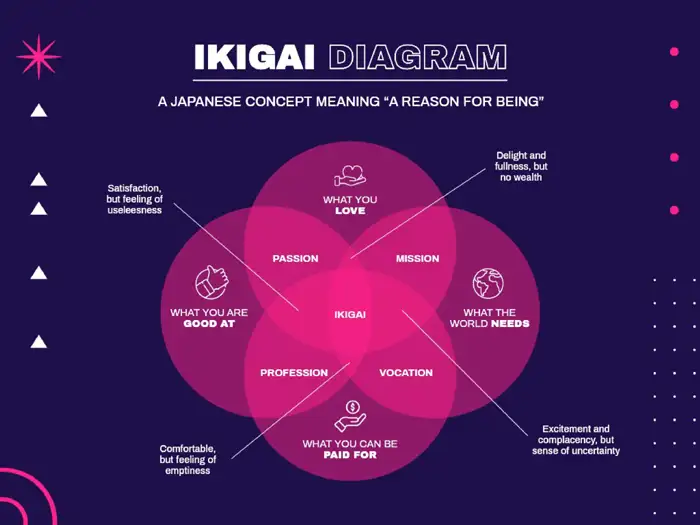Intrinsic and extrinsic motivation are two key drivers in second language acquisition. Here’s how they differ for learners:
Intrinsic Motivation:

- Comes from within the learner, fueled by personal enjoyment and interest in the language itself.
- Examples: Fascination with a new culture, desire to connect with native speakers, love of linguistic challenges.
- Learners are more likely to engage in self-directed learning, set personal goals, and persist through difficulties.
- Research suggests it leads to deeper learning and better long-term retention.
Extrinsic Motivation:

- Driven by external factors like rewards, grades, or pressure to learn for work or travel.
- Examples: Getting a better job, passing a language exam, pleasing parents or teachers.
- Can be effective initially, but motivation might wane when the external pressure is gone.
- Less emphasis on personal enjoyment can lead to a focus on rote memorization and limited engagement.
The Ideal Scenario

Many learners are driven by a combination of both intrinsic and extrinsic factors. Effective language learning environments can nurture intrinsic motivation by:
- Making learning fun and engaging
- Connecting the language to the learner’s interests
- Highlighting the personal benefits of fluency
Remember, intrinsic motivation is generally considered more powerful for sustained learning and achieving fluency in the long run.



